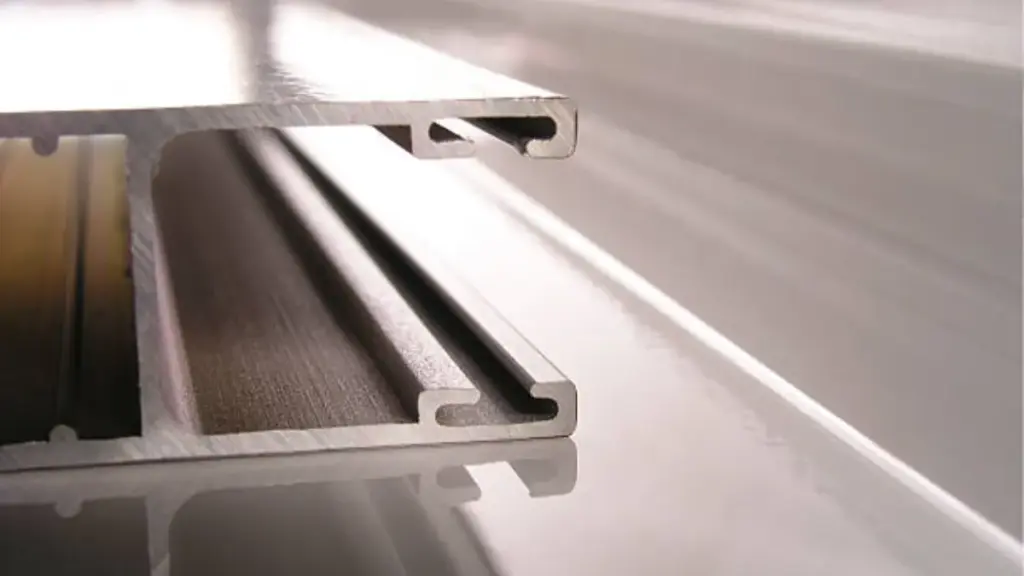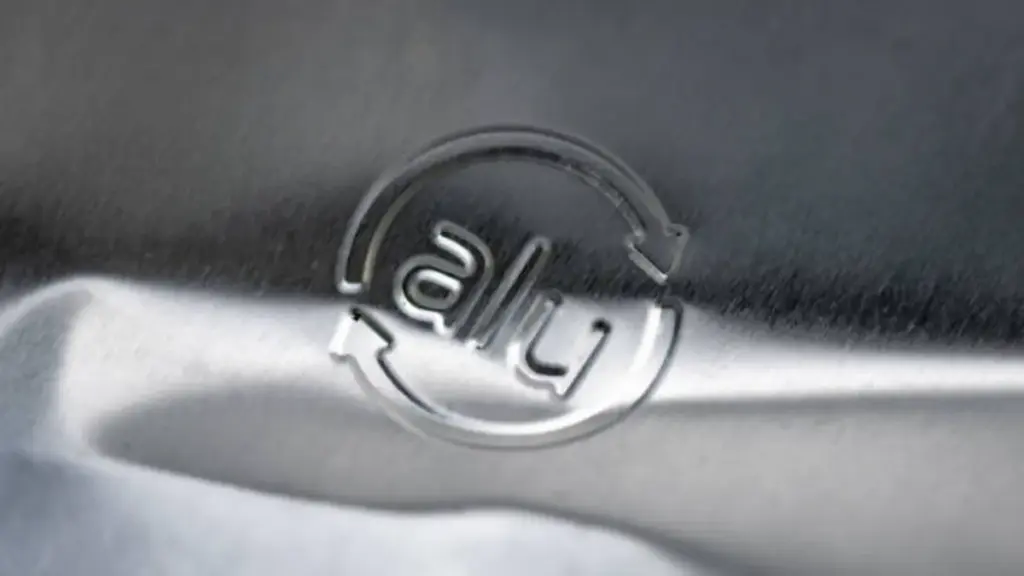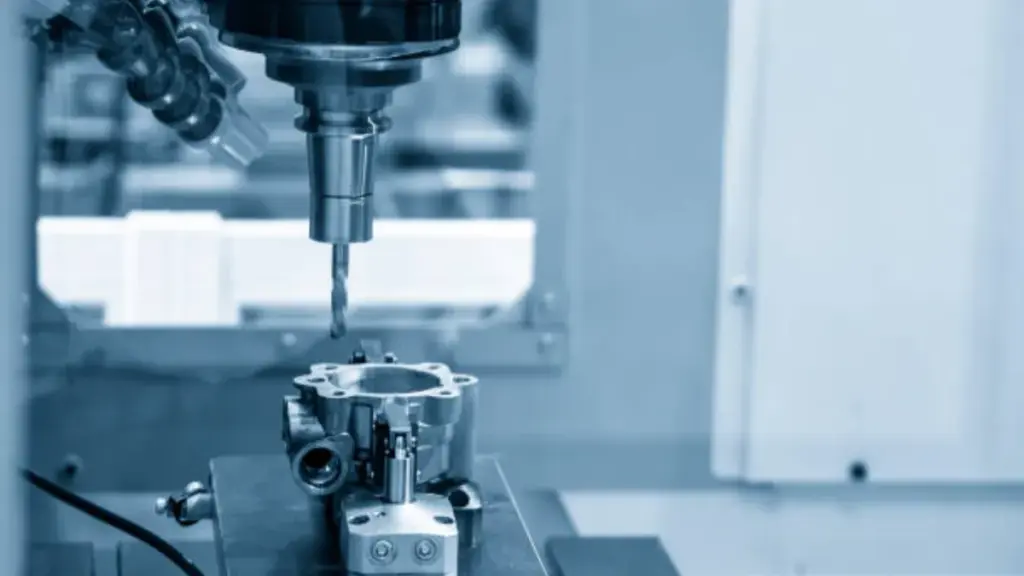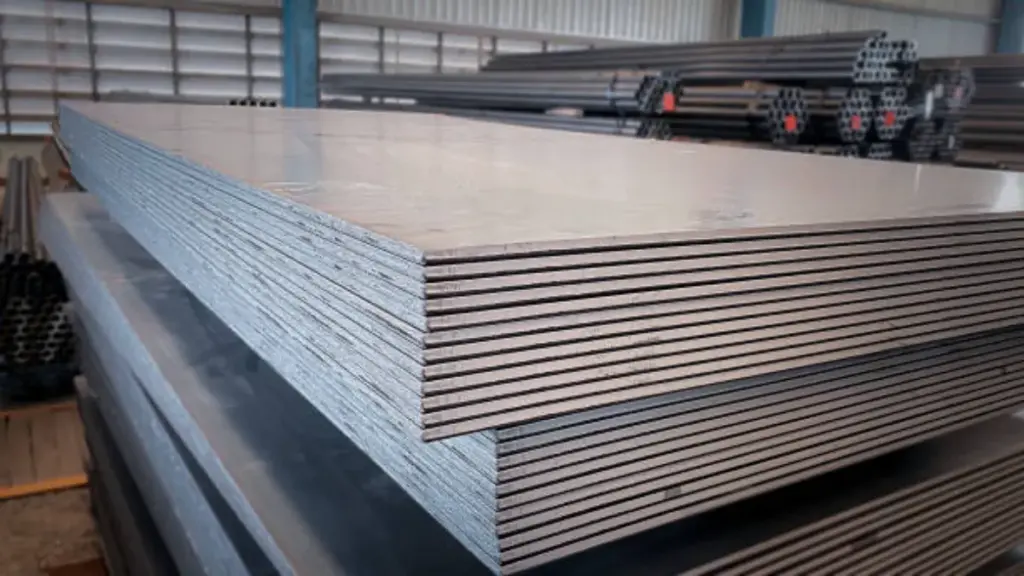Процессы литья были жизненно важны в обрабатывающей промышленности на протяжении веков., позволяющий создавать сложные и замысловатые металлические детали.. От литья в песчаные формы до точного литья, существуют различные методы производства высококачественных литейных деталей для широкого круга отраслей промышленности.. В этой статье, мы будем исследовать 11 различные типы процессов литья, предоставление информации о преимуществах и недостатках каждого метода.
Таблица сравнения 11 Типы процессов литья
| Процесс кастинга | Объем производства | Пригодность материала | Расходы |
| Литье в песок | От низкого к высокому | Универсальный | Низкий |
| Литье под давлением | Высокий | Алюминий, Цинк | Высокий |
| Кастинг по выплавляемым моделям | От низкого до среднего | Сталь, Алюминий | Высокий |
| Гравитационное литье под давлением | От среднего до высокого | Алюминий, Медь | Умеренный |
| Вакуумное литье | От низкого до среднего | Сложные детали | Высокий |
| Непрерывное литье | Высокий | Сталь, Алюминий | Высокий |
| Формование ракушек | От среднего до высокого | Алюминий, Медь | Умеренный |
| Литье по выплавляемым моделям | От низкого до среднего | Алюминий, Железо | Умеренный |
| Центробежное литье | От низкого до среднего | Цилиндрические детали | Умеренный |
| Постоянное литье в форму | От среднего до высокого | Алюминий, Магний | Высокий |
| Литье под давлением | Высокий | Тонкостенные детали | Умеренный |
Литье в песок
Что такое литье в песок?
Литье в песчаные формы — один из старейших и наиболее широко используемых процессов литья в промышленности.. Он предполагает создание формы из песка., в который заливают расплавленный металл для создания желаемой формы. Как только металл затвердеет, песчаная форма разбирается, обнажая последнюю часть.
Плюсы и минусы литья в песок
Одним из главных преимуществ литья в песчаные формы является его универсальность., позволяющая производить крупные, сложные детали с относительно низкими затратами на оснастку. Однако, литье в песчаные формы может занять много времени и привести к снижению точности размеров по сравнению с другими методами литья..
Литье под давлением

Что такое литье под давлением?
Литье под давлением это процесс литья металла, который включает впрыскивание расплавленного металла в стальную форму., известный как кубик. Этот тип литья металлов широко используется для производства крупносерийных деталей с превосходной чистотой поверхности и точностью размеров., такой как автоматические детали, части освещения и электронные детали.
Плюсы и минусы литья под давлением
Литье под давлением обеспечивает высокую производительность и жесткие допуски., что делает его идеальным для массового производства. Однако, первоначальные затраты на оснастку могут быть значительными, и литье под давлением может подходить не для всех типов сплавов.. Узнать больше, см. наш руководство по литью под давлением.
Кастинг по выплавляемым моделям
Что такое литье по выплавляемым моделям?
Литье по выплавляемым моделям, также известное как литье по выплавляемым моделям, это процесс, который включает в себя создание восковой модели, покрыть его керамикой, а затем плавим воск, чтобы создать форму. Затем расплавленный металл заливают в керамическую форму для изготовления конечной детали..
Плюсы и минусы литья по выплавляемым моделям
Литье по выплавляемым моделям позволяет производить сложные детали с высокой точностью и гладкой поверхностью.. Однако, это может быть дорого и отнять много времени, что делает его более подходящим для малых и средних производственных циклов.
Гравитационное литье под давлением
Что такое гравитационное литье под давлением?
Гравитационное литье под давлением — это проверенный временем процесс литья металла, в котором используется постоянная металлическая форма для изготовления деталей под гравитационным давлением.. Этот метод литья металла часто используется для производства крупных изделий., симметричные детали с высокой структурной целостностью.
Плюсы и минусы гравитационного литья под давлением
Гравитационное литье под давлением обеспечивает превосходную точность размеров и механические свойства., что делает его пригодным для высокопрочных применений. Однако, первоначальные затраты на оснастку могут быть высокими, и этот процесс может быть не столь рентабельным для небольших производственных партий..
Вакуумное литье
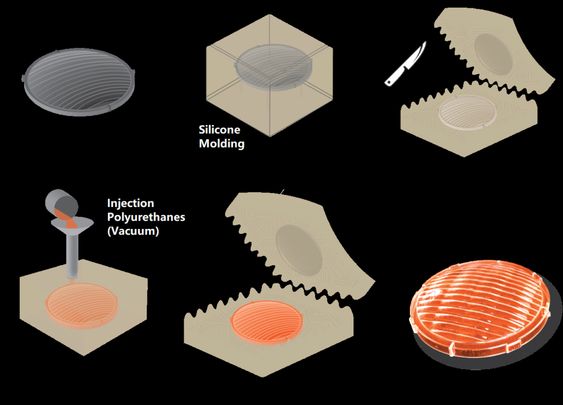
Что такое вакуумное литье?
Вакуумное литье — это вариант литья по выплавляемым моделям, который предполагает использование вакуума для втягивания расплавленного металла в полость формы.. Этот метод часто используется для изготовления деталей со сложными деталями и тонкими стенками..
Плюсы и минусы вакуумного литья
Вакуумное литье обеспечивает высокую точность и чистоту поверхности., что делает его идеальным для производства сложных деталей с жесткими допусками.. Однако, процесс может быть дорогим, и риск пористости конечной детали может быть выше по сравнению с другими методами литья.
Непрерывное литье
Что такое непрерывное литье?
Непрерывное литье — это метод, используемый для производства длинных, непрерывные отрезки металла путем заливки расплавленного металла в форму с водяным охлаждением. Этот процесс обычно используется для производства стальных и алюминиевых заготовок., плиты, и стержни.
Плюсы и минусы непрерывного литья
Непрерывное литье обеспечивает высокую производительность и улучшенные механические свойства конечного продукта.. Однако, процесс требует специального оборудования и может подходить не для всех типов металлов и сплавов..
Формование ракушек
Что такое формование ракушек?
Литье ракушки, также известное как литье из ракушек, это процесс, в котором для создания полости формы используется песчаная оболочка, покрытая смолой.. Затем расплавленный металл заливают в форму для изготовления конечной детали., с оболочкой, обеспечивающей превосходное качество поверхности и точность размеров.
Плюсы и минусы формования ракушек
Формование корпуса обеспечивает высокую производительность и позволяет изготавливать детали сложной геометрии.. Однако, процесс может потребовать дополнительных шагов по сравнению с другими методами литья, и стоимость оснастки может быть выше.
Литье по выплавляемым моделям
Что такое литье по выплавляемым моделям?
Литье по выплавляемым моделям — это процесс, в котором для создания формы используется образец пенопласта, покрытый огнеупорным материалом.. Когда расплавленный металл заливают в форму, рисунок пены испаряется, оставив позади заключительную часть.
Плюсы и минусы литья по выплавляемым моделям
Литье по выплавляемым моделям позволяет производить сложные детали с жесткими допусками и минимальными требованиями к механической обработке.. Однако, этот процесс может быть дорогостоящим и может иметь ограничения с точки зрения размера детали и совместимости материалов..
Центробежное литье
Что такое центробежное литье?
Центробежное литье — метод изготовления цилиндрических деталей путем заливки расплавленного металла во вращающуюся форму.. Центробежная сила помогает равномерно распределить металл., в результате получаются детали с высокой плотностью и превосходными механическими свойствами..
Плюсы и минусы центробежного литья
Центробежное литье обеспечивает высокое качество литого металла и хорошо подходит для изготовления полых деталей с одинаковой толщиной стенок.. Однако, процесс может быть ограничен определенной геометрией детали, а затраты на оснастку могут быть выше по сравнению с другими методами литья..
Постоянное литье в форму
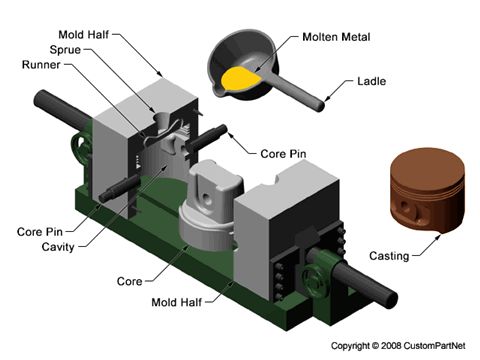
Что такое постоянное литье в форму?
Постоянное литье в форму, также известное как гравитационное литье под давлением, предполагает использование многоразовой металлической формы для изготовления деталей.. Расплавленный металл заливают в полость формы., где он затвердевает, образуя финальную часть.
Плюсы и минусы литья в постоянную форму
Литье в постоянные формы обеспечивает высокую производительность и отличное качество поверхности., что делает его идеальным для производства высококачественных деталей с жесткими допусками.. Однако, первоначальные затраты на оснастку могут быть значительными, и этот процесс может подходить не для всех типов сплавов..
Литье под давлением
Что такое литье под давлением?
Литье под давлением — это вариант процесса литья под давлением, который включает в себя приложение дополнительного давления к расплавленному металлу для обеспечения полного заполнения полости формы.. Этот метод часто используется для изготовления деталей с тонкими стенками и сложных деталей..
Плюсы и минусы литья под давлением
Литье под давлением обеспечивает повышенную плотность деталей и снижение пористости., в результате получаются детали с более высокой прочностью и долговечностью.. Однако, процесс может быть более дорогим и сложным по сравнению с традиционными методами литья под давлением..
Что такое кастинг?
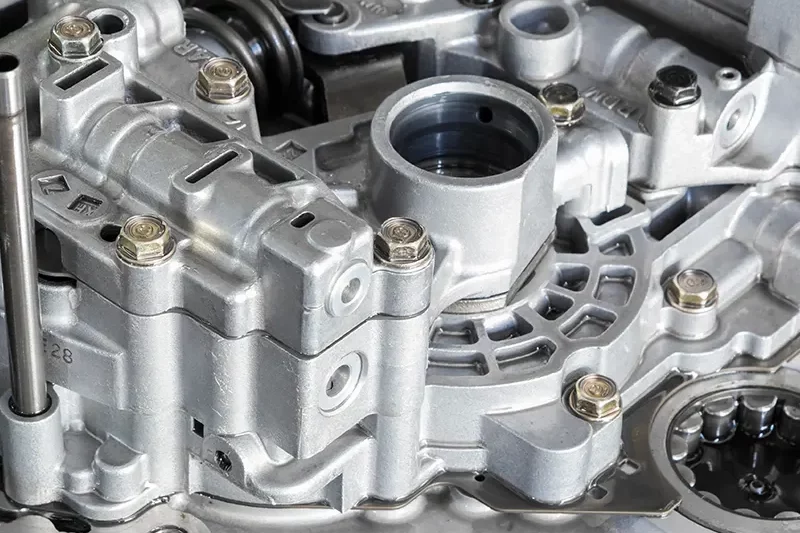
Литье — это производственный процесс, который включает заливку расплавленного металла в форму для создания определенной формы или формы.. Этот метод широко используется в различных отраслях промышленности., в том числе автомобильная, аэрокосмический, и строительство, для изготовления деталей сложной геометрии и превосходных механических свойств..
Как работает кастинг?
Литье осуществляется путем создания формы, которая соответствует желаемой форме конечной детали.. Затем расплавленный металл заливают в полость формы., где он затвердевает, образуя готовую деталь. Когда металл остынет и затвердеет, плесень удалена, оставив позади актерскую роль.
Какие материалы используются при литье?
Материалы, используемые при литье, могут различаться в зависимости от конкретного процесса и требований изготавливаемой детали.. Общие материалы, используемые при литье, включают алюминий, сталь, железо, латунь, и медь, среди прочего. Каждый материал предлагает уникальные свойства и преимущества для различных применений..
Как выбрать тип процесса литья?
При выборе правильного типа процесса литья среди 11 различные варианты литья металла, есть несколько ключевых факторов, которые следует учитывать. Вот несколько важных моментов, которые следует иметь в виду:
- Сложность детали: Учитывайте сложность детали, которую вам нужно изготовить.. Некоторые процессы литья, такие как литье по выплавляемым моделям и точное литье, лучше подходят для сложных и детальных деталей, в то время как другие, как литье в песок, может быть более подходящим для более простых форм.
- Объем производства: Подумайте об объеме деталей, которые вам необходимо изготовить.. Для крупносерийного производства, такие процессы, как литье под давлением и литье в постоянные формы, идеальны благодаря их высокой производительности и эффективности..
- Требования к материалам: Учитывайте тип металла или сплава, который вы планируете использовать для своих деталей.. Определенные процессы литья могут лучше подходить для конкретных материалов.. Например, центробежное литье часто используется для производства цилиндрических деталей из таких металлов, как сталь и алюминий..
- Ограничения по стоимости: Оцените первоначальные затраты на оснастку, производственные затраты, и общие затраты, связанные с каждым процессом литья. Некоторые методы могут потребовать более высоких первоначальных инвестиций., но обеспечивает долгосрочную экономию средств с точки зрения эффективности производства и качества деталей..
- Контроль качества: Учитывайте уровень точности и контроля качества, необходимый для ваших деталей.. Такие процессы, как точное литье и формование корпуса, обеспечивают высокую точность размеров и чистоту поверхности., что делает их подходящими для критически важных применений, требующих высочайших стандартов качества..
Выбор подходящего производителя отливок
Выбор подходящего производителя отливок имеет решающее значение для обеспечения качества и стабильности готовых деталей.. Факторы, которые следует учитывать при выборе надежный производитель литья включить их опыт, возможности, процессы контроля качества, и способность соблюдать сроки производства. Рекомендуется тесно сотрудничать с известным производителем, который может предоставить рекомендации и поддержку на протяжении всего процесса литья..
Заключение
В заключение, существуют различные типы процессов литья для производства высококачественных металлических деталей сложной геометрии и превосходных механических свойств.. От литья в песчаные формы до точного литья, каждый метод имеет уникальные преимущества и недостатки, которые следует тщательно оценить, прежде чем выбирать наиболее подходящий процесс.. Понимая различные методы литья и учитывая такие факторы, как сложность детали., объем производства, и требования к материалам, производители могут выбрать правильный процесс литья для удовлетворения своих конкретных потребностей и достижения оптимальных результатов..


